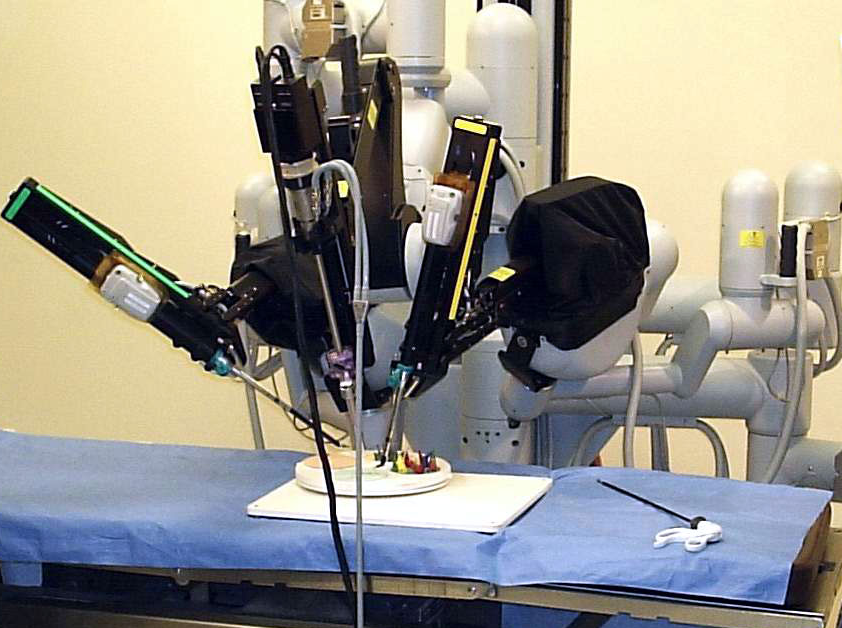
The diagnosis of Alzheimer’s disease is currently made only after a patient begins to show symptoms of cognitive deterioration. Even at that stage, the only way to confirm the presence of the disease is through expensive MRI and PET scans.
At the same time, it is known that the progression of this disease can be slowed down with early interventions (taking certain medications, mental and physical exercise), significantly improving the patient’s quality of life. This is why scientists are looking for biomarkers that could be used as early warning signs of Alzheimer’s disease.
One such potential biomarker is the retina. Previous studies have shown that patients with Alzheimer’s disease have a thinning of its inner layers. However, the same symptom is present in patients with other diseases, such as glaucoma and Parkinson’s disease.
Using a new imaging device that uses a light-scattering technique, scientists at Duke University[1] found that Alzheimer’s disease, in addition to thinning the retina, also shows a change in its structural texture – the top layer of nerve fibers becomes coarser and more disordered.
The scientists hope to use this information to create a simple and cheap screening device that would be available not only at a specialized medical facility, but also at a family doctor’s office or pharmacy.
Shutterstock/FOTODOM UKRAINE photos were used
-
- Ge Song, Zachary A. Steelman, Stella Finkelstein, Ziyun Yang, Ludovic Martin, Kengyeh K. Chu, Sina Farsiu, Vadim Y. Arshavsky, Adam Wax. Multimodal Coherent Imaging of Retinal Biomarkers of Alzheimer’s Disease in a Mouse Model. Scientific Reports, 2020; 10 (1) DOI: 10.1038/s41598-020-64827-2



